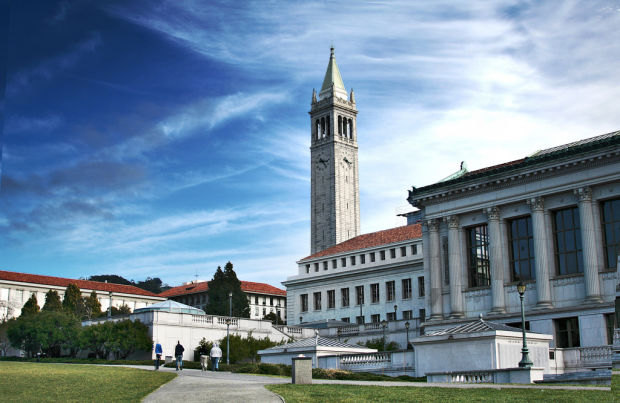University as Real Estate Developer

Property value displaces tuition as a revenue stream for higher education.
Jim Russell
Most universities and colleges are not for profit. Because they are not for profit, the industry of higher education is tax exempt. Now imagine a real estate developer that never had to pay a tax on property owned. That developer would have a significant advantage over other for-profit developers who did have to pay property tax. University of California-Berkeley flexing its muscle in one of the tightest real estate markets in the world:
The 130-acre property between Interstate 580 and the San Francisco Bay houses, among other things, earthquake research, little-used library books and museum artifacts, an art studio and a lab to test roadway concrete. It is an underpopulated place, with more eucalyptus trees and geese than people and a history of pollution problems.
Yet, the site, known as the Richmond Field Station, has a couple of things that the crowded and landlocked main campus does not. First is the stunning bay view, with San Francisco’s skyscrapers and the San Francisco-Oakland Bay Bridge directly beyond marshes. Then, there is the sheer space, enough to increase UC Berkeley’s classroom and office capacity by 50%.
This “underpopulated place” with a view deeded to U.C. Berkeley won’t be luxury condos or affordable housing. As proposed, this scarce space could be “a catalyst for other good things happening in Richmond.” Or, the project could be a catalyst only for good things happening at U.C. Berkeley.
In an era of demographic decline, college freshmen are at a premium. In an era of fiscal austerity, institutions of higher education are getting creative with revenue streams. Non-profit land use, particularly in an urban environment, offers lucrative income.
At odds are universities as real estate developers with missions of knowledge and talent production. Berkeley proposes a global campus, international students who pay out-of-state tuition and whose parents buy real estate in close proximity to where their children matriculate.
U.C. Berkeley, with its global brand, uniquely caters to wealthy Chinese families who aspire to park financial capital in United States real estate. The university commands top dollar without any tax penalty while displacing other land uses that must pay tax. Such institutions benefit from gentrification, betraying their public mission.
[Source]: Pacific Standard


